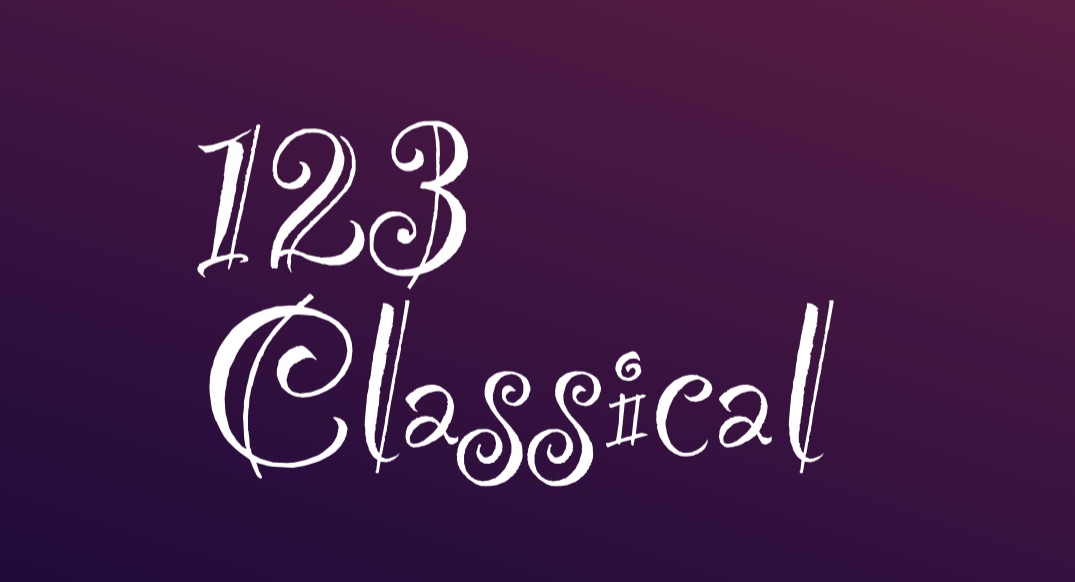

Imagining stories behind the music is an important way to help you understand and appreciate the music by visualizing it. Such a story might be either the story on which the composer was based to compose his music, as in the case of the piano concerto ‘Rhapsody on a theme of Paganini’ where Rachmaninoff explained that his music was telling the story of Paganini, a virtuoso violinist living in the early 19th century, his deal with the devil to acquire his preternatural music skills and his doomed love for a woman. In other cases, the music reveals a presumed story that the composer might have had in mind while composing it, as in the case of ‘Scherzo no 2’ by Chopin, where one can easily imagine that the music is about a quarrel between two lovers. Most frequently, classical music composers abstained from providing to the public the stories they had in mind while writing their music, so we would have to figure out ourselves such stories. For the following pieces, we help you visualize the music and make it more meaningful by providing the stories that have or might have inspired the music.
"I giorni"
("The days")

"Rhapsody on a theme of Paganini"
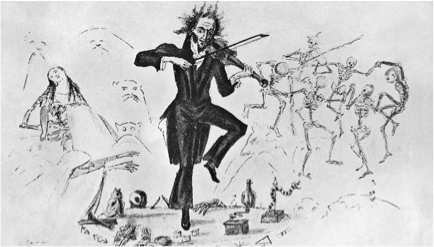
"Montagues and Capulets" from "Romeo and Juliet"
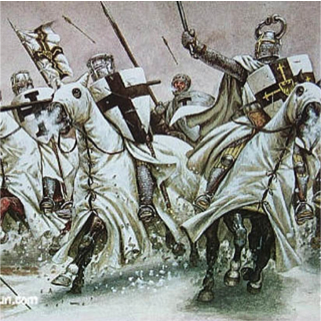
"River of hope"
(Cello Suite 1)

"Bach double"
(Double Violin Concerto / Movements 1 and 2)

"Tumultuous love"
(Scherzo No 2)

"The nightmare"
(Prelude in C Sharp Minor Op. 3 No 2")
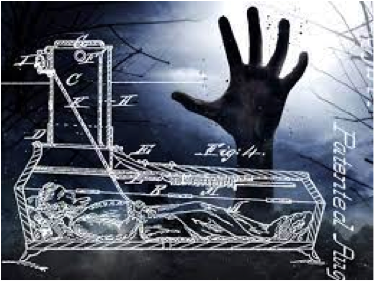
"Elf king"
(or "Erlkönig")
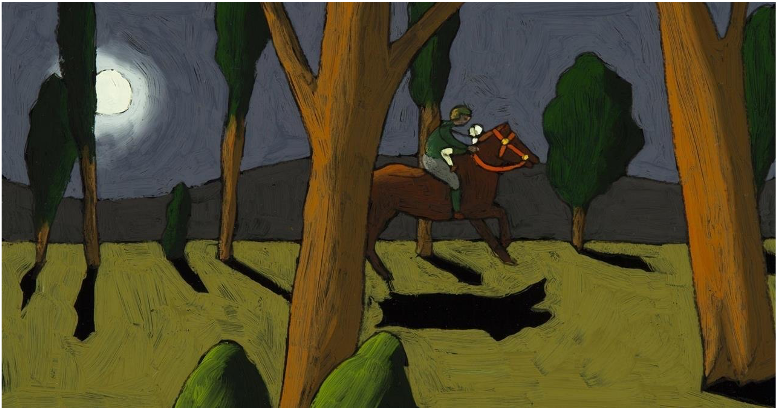
"The nutcracker suite"

"Farewell"
(Symphony 45)

"Orpheus and the Furies"
(Piano Concerto No 4 in G Major Op 58)
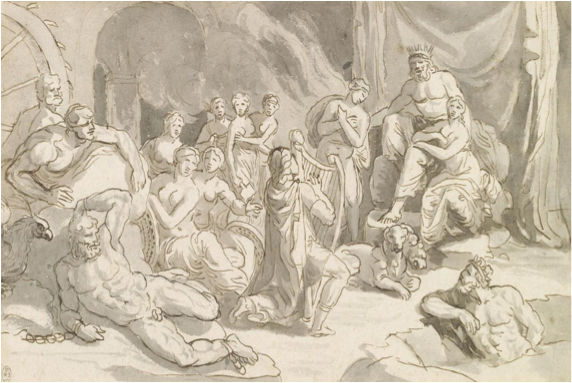
"Gateway to another dimension"
(Fantaisie Impromptu in C Sharp Minor Op. 3 No 2)

"Love is a roller coaster"
(Ballade No 1 in G Minor)
